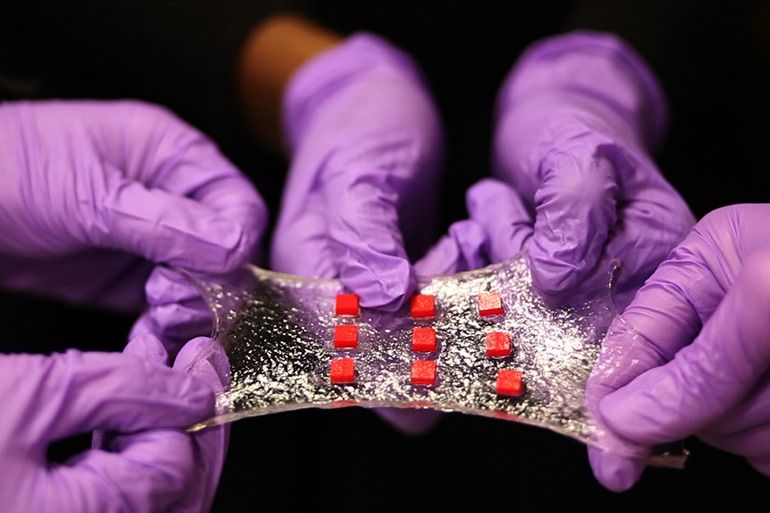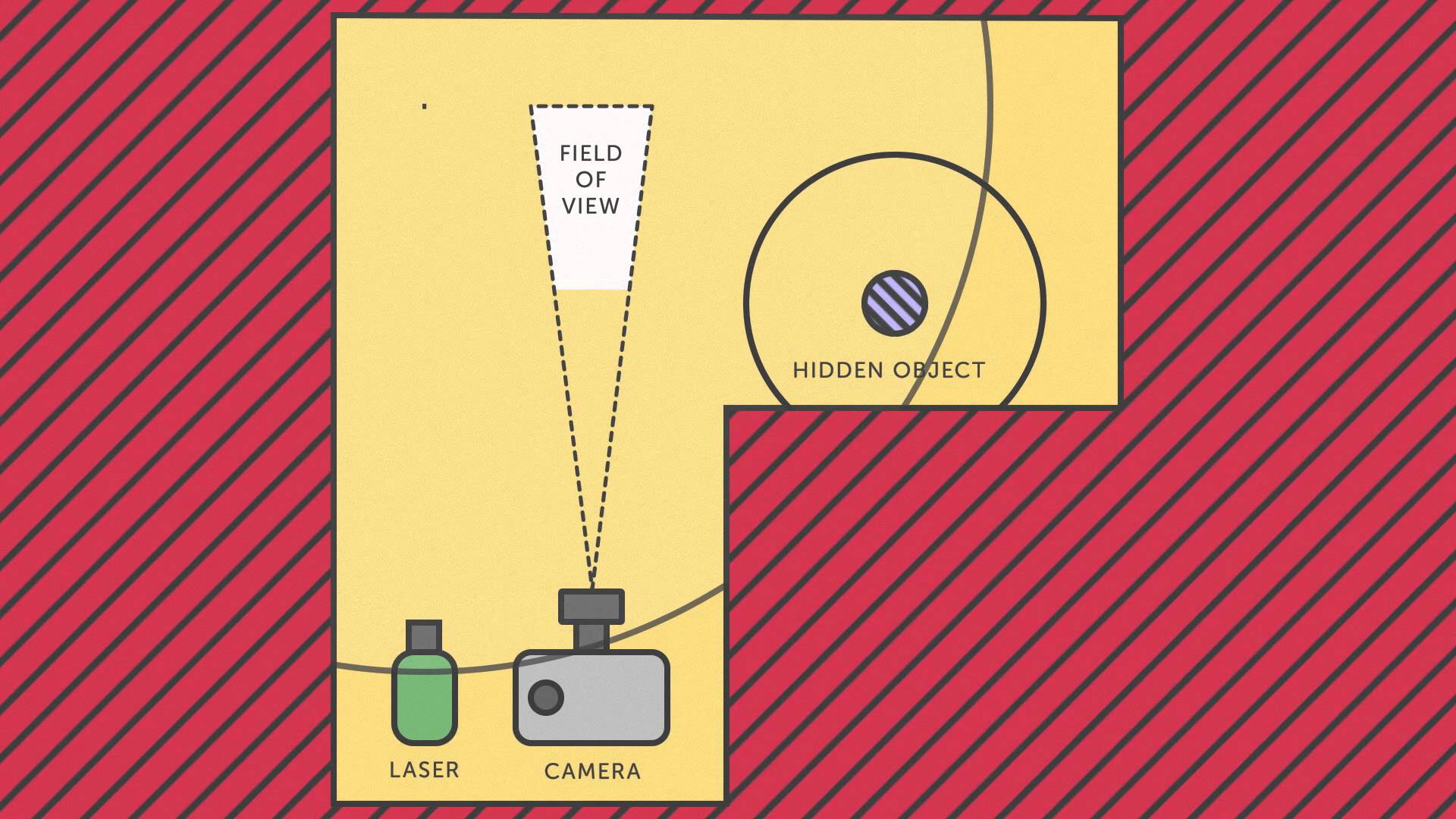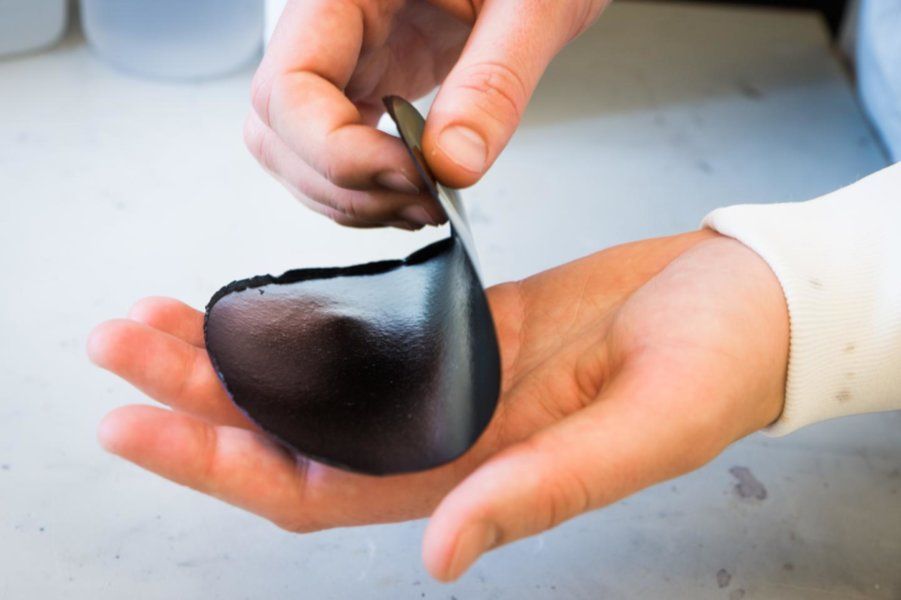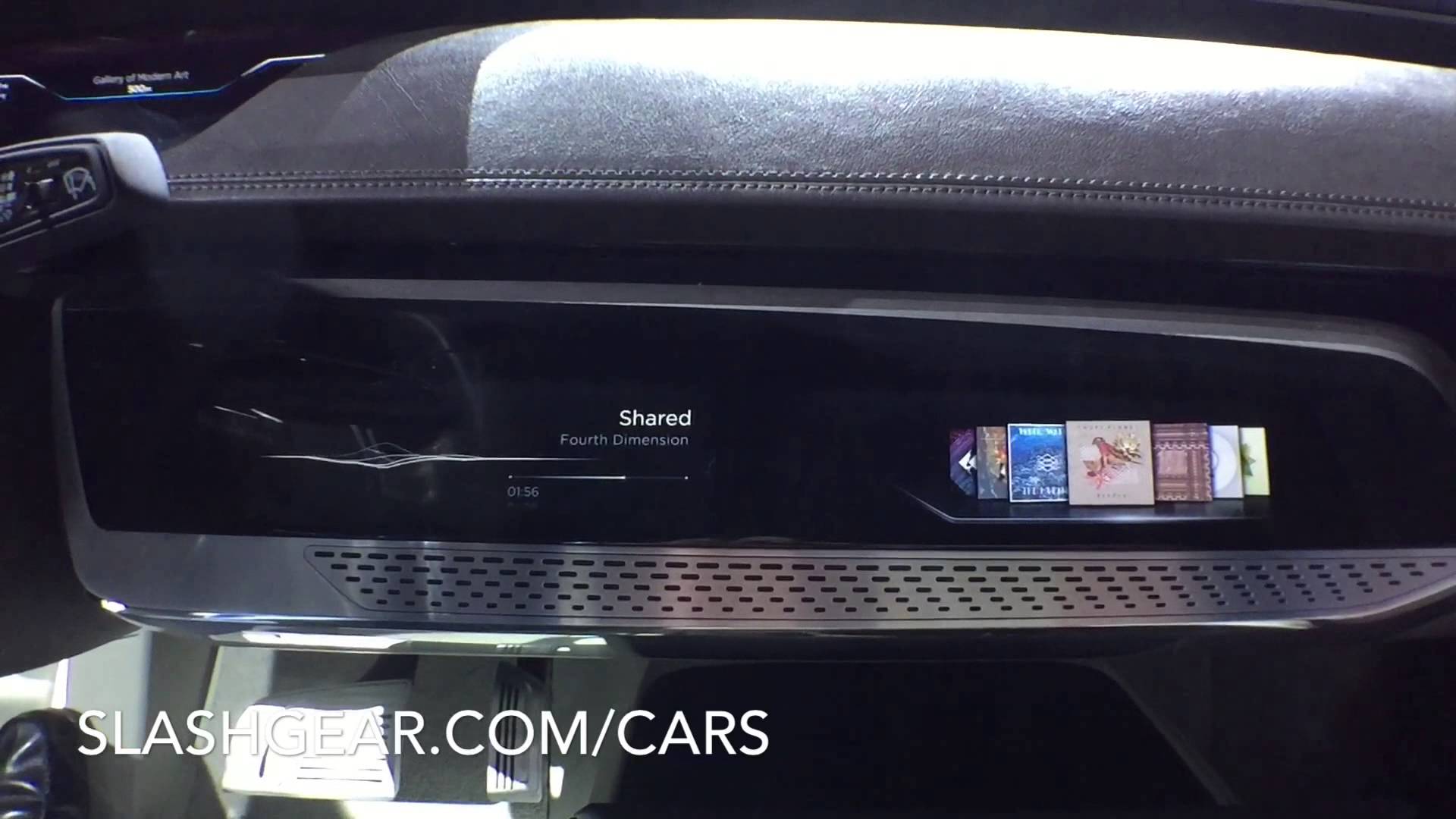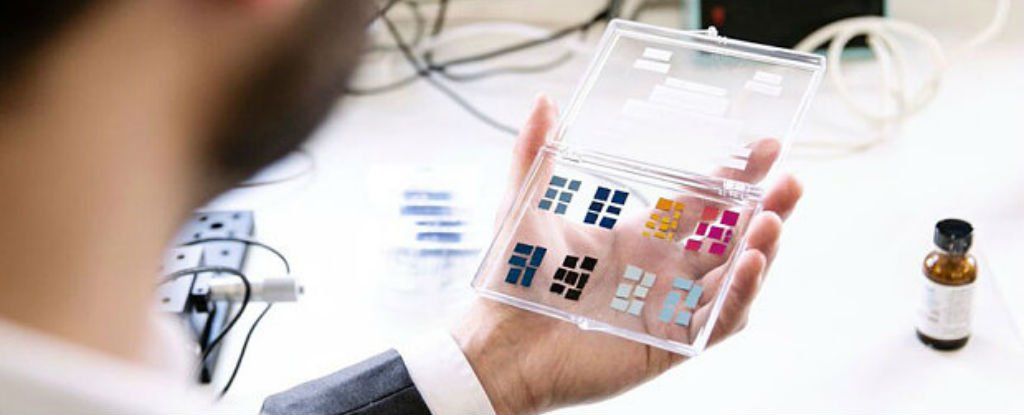
A researcher at Singapore’s Nanyang Technological University (NTU) has developed a new technology that provides real-time detection, analysis, and optimization data that could potentially save a company 10 percent on its energy bill and lessen its carbon footprint. The technology is an algorithm that primarily relies on data from ubiquitous devices to better analyze energy use. The software uses data from computers, servers, air conditioners, and industrial machinery to monitor temperature, data traffic and the computer processing workload. Data from these already-present appliances are then combined with the information from externally placed sensors that primarily monitor ambient temperature to analyze energy consumption and then provide a more efficient way to save energy and cost.
The energy-saving computer algorithm was developed by NTU’s Wen Yonggang, an assistant professor at the School of Computer Engineering’s Division of Networks & Distributed Systems. Wen specializes in machine-to-machine communication and computer networking, including looking at social media networks, cloud-computing platforms, and big data systems.
Most data centers consume huge amount of electrical power, leading to high levels of energy waste, according to Wen’s website. Part of his research involves finding ways to reduce energy waste and stabilize power systems by scaling energy levels temporally and spatially.
Read more


